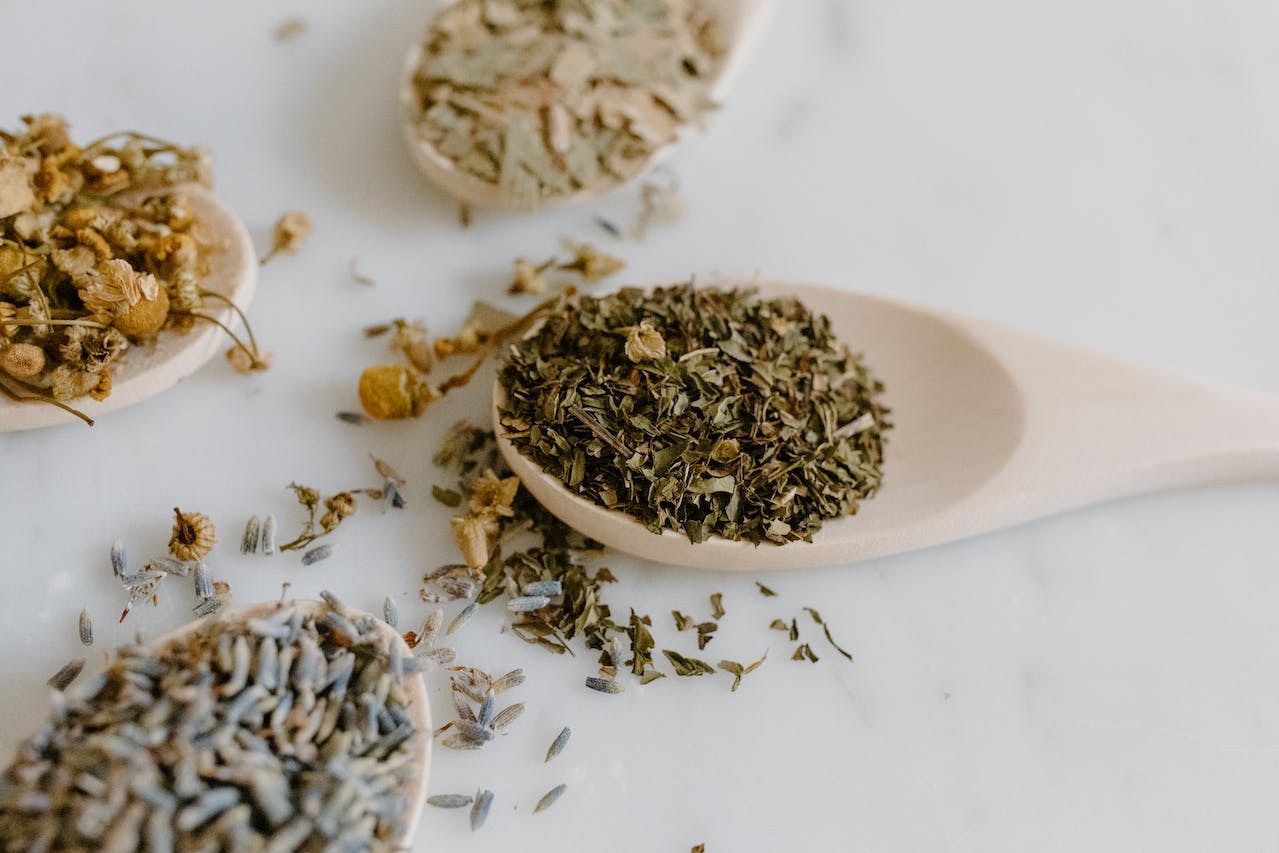Ayahuasca is one of the more controversial healing methods in the world today.
The psychedelic experience is having a sort of renaissance these days and the popularity of the ayahuasca retreat is at the fore. Thousands of people flock to South America every year to meet with a spiritual guru and have their lives changed by this mystical tea. But why?
That’s what we’re here to talk about today. If you’ve been curious about ayahuasca effects, then this is the post for you. These ceremonies are no stranger to controversy, but the negative press isn’t always deserved.
As a powerful therapeutic experience, an ayahuasca ceremony can be used to treat anything from PTSD and anxiety to depression and addiction. It’s also a great way to expand your consciousness and improve your mindfulness and overall brain health.
Don’t let the negative stigmas surrounding ayahuasca determine whether or not you’re a good candidate. Let us help you learn more about this mysterious substance, then you can make an informed decision about doing it
What Exactly Is Ayahuasca?
Ayahuasca is a tea or brew made from the Psychotria Viridis shrub and the Banisteriopsis Caapi vine. It’s been used by Amazonian tribes for thousands of years for sacred religious ceremonies. It’s actually still used today by many religious communities in North and South America.
Both of the main ingredients in ayahuasca have hallucinogenic properties. Psychotria Viridis contains DMT, which is one of the strongest psychedelic compounds known to us.
An ayahuasca ceremony would consist of a shaman that makes and administers the brew, and a small group of people that will drink it. When consumed, it affects the central nervous system and creates powerful psychedelic hallucinations. This will include altered states of consciousness and out of body experiences.
Where Is It Practiced?
You can have an ayahuasca ceremony in your living room (if you can get hold of the substances) or you can go on a group retreat with an experienced shaman. Anyone that knows anything about psychedelics will tell you that set and setting are extremely important to the experience as a whole.
“Set” is your state of mind going into the psychedelic experience. “Setting” is the environment in which you do it. If you participate in an ayahuasca retreat, then your shaman and fellow group members will understand the importance of this concept.
These retreats are widely available in South American countries, where ayahuasca ceremonies have been practiced for millennia. Popular destinations for Westerners include Peru, Costa Rica, and Brazil, but retreat centers are beginning to pop up in other countries as well.
Ayahuasca Effects
If you’re on a retreat, you’re presumably taking the ayahuasca for a specific reason. That reason could be as simple as improving your mindfulness or expanding your consciousness. Or, it could be to deal with some underlying trauma that’s affected your life.
What to Know Beforehand
The shaman is there to guide you through the trip, but they’ll be asking you questions beforehand to get a sense of what you’re trying to work through.
Specific diets are usually recommended before taking ayahuasca, notably ones heavy in vegetables and low in toxins. It’s also recommended to abstain from sex, alcohol, cigarettes, and other drugs to keep your body as pure as possible prior to consuming the brew. This should all enhance the experience.
Like most other psychedelics, ayahuasca starts to take effect between 20-60 minutes after it’s been consumed. A trip will usually last between 2-6 hours.
What Happens?
Everyone has a different experience on ayahuasca. Some of the common effects and sensations include strong audio and visual sensations, feelings of euphoria and enlightenment, fear, paranoia, and other mind-altering hallucinations. It’s completely normal to feel both positive and negative effects while on the drug.
Many people tend to feel nauseous after they drink the brew, even experiencing vomiting and diarrhea throughout their trip. The shaman is there to guide you through all of these ups and downs so that you come out safely on the other side.
There are numerous retellings of trips online. It’s important to remember that each individual trip is different though. It’s also important to remember that the drug itself is safe, but you should make sure you’re going on a reputable retreat.
Beneficial or Detrimental?
A lot of those that try ayahuasca report positive long-term effects on their lives. In particular, it’s shown to have very positive effects on brain health. This is because DMT is shown to have neuroprotective and restorative qualities.
One of the biggest reasons people go on ayahuasca retreats is to either improve their mindfulness or find an alternative path to deal with mental health issues. Numerous studies have shown that those with stress and depression had a significant decrease in symptoms immediately after the ayahuasca trip. Because of this, ayahuasca is seeing a lot of attention from the medical community.
Although there are a lot of huge benefits to participating in an ayahuasca ceremony, you have to remember that it is a drug and there are side effects. Being a powerful psychoactive substance, DMT should not be used by those who have exhibited schizophrenic behavior.
It also raises your blood pressure and heart rate, so if you’ve got any heart conditions, you should probably avoid ayahuasca as well. But if you’re healthy in body and mind, there are no significant side effects to worry about.
Choosing Your Path
Are you ready to experience the ayahuasca effects? It’s a powerful drug that can show you a lot about yourself. It might also be able to help you improve your mental health along the way.
Although controversial, we’re sure to see the popularity of ayahuasca retreats continue to rise in America. If you’re still considering it, maybe it’s time to dive in and experience your inner-self.
Did you find this post helpful? Come back and visit us again for more on art, travel, and the unusual.

